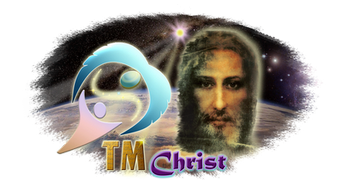The “Now what?” question has always been one of my favorite questions. It has piqued my conscious and subconscious mind to look anew for another answer to the intention that initiated the original inquiry all along – developing a sustainable society with sustainable social institutions and organizations. The “Now what?” question led me to develop the design for a team of individuals at the local community level. The local “Social Sustainability Design Team,” as I call it, could initiate the inquiry and design of adaptable learning organizations and processes from organizational development to social policies for a sustainable educational system, healthcare, and social agencies for example.
I knew from personal experience that Social Sustainability Design Teams would flounder and fail if they did not have specific, roles and functions for members to fulfill. Groups without those defined roles are called “committees.” Combining these roles and functions with the methodology of the Schematic provided a procedure of inquiry and design. Those two factors move the Team forward to avoid squabbling, cliques and antagonistic, polarized positions on various topics. The design of the team provided non-authoritarian roles to enhance collaborative and synergistic interaction of the members. As IBM once touted in reflection of its motto, “Think,” “With every employee comes a mind of unlimited capability and capacity,” I knew that such a team structure and process could possibly tap that unlimited innate potential of each team member. The possibilities for a synergism of contributions from members could be anticipated.
For roles, a Facilitator would be useful – a non-authoritarian position that would facilitate both the social environment and the work-production process. As most creative teams can become almost explosively innovative, I knew that a Recorder would be needed, one that would not keep verbatim notes, but one that would track the progression of thought-development, and make note of those sudden “Ah-ha’s” that take the team off-task and onto another avenue of productive thought. It is essential that there be someone, the Recorder, who can take the team back to where that diversion occurred so they can proceed with the completion of former task before re-engaging the new thought. Somehow, too, there must be a Consultant, an individual who would be the “seer” (as in seeing ahead”) to help the Team align its immediate work with the original intention of producing something worthy of sustainable societies for centuries. A description of the most important role will wait for the next Post.
